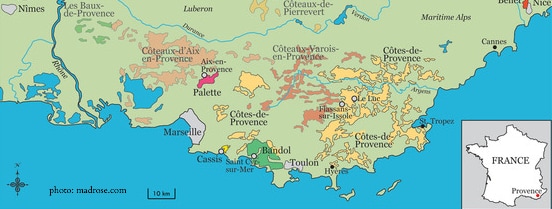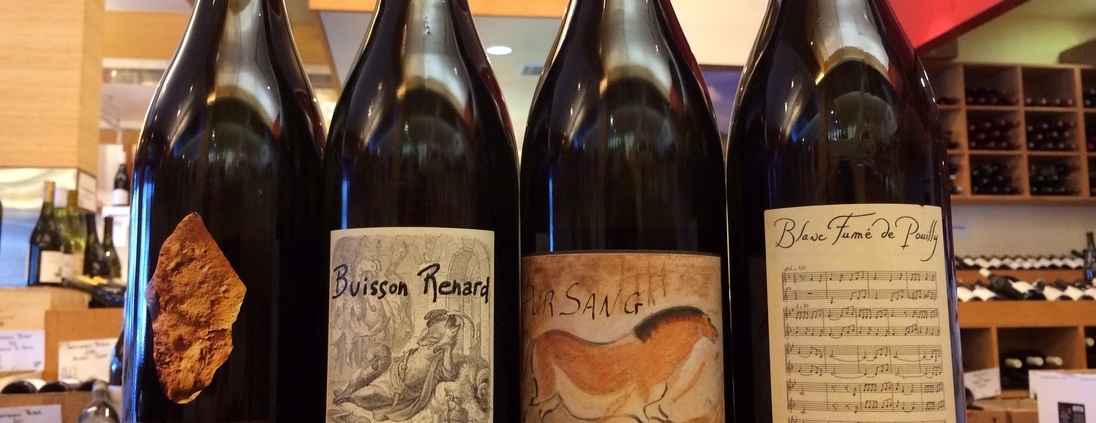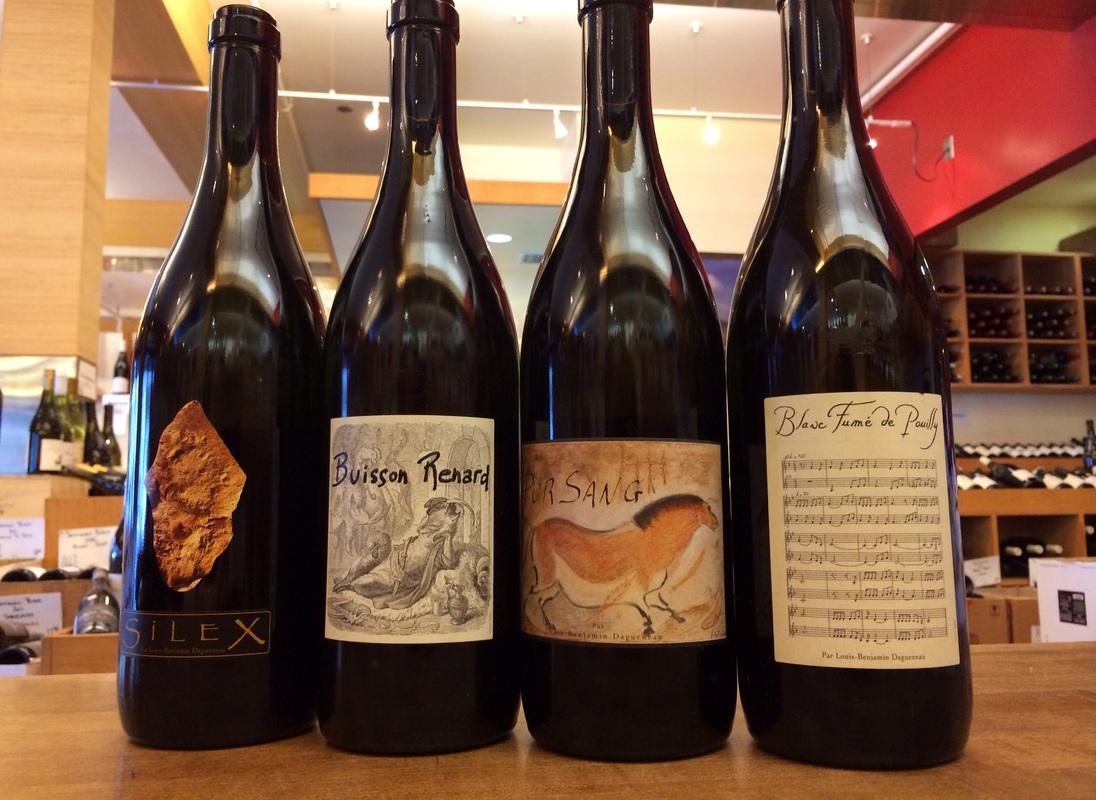Here at Paul Marcus Wines we love to celebrate any and all occasions involving food and wine. Which is why we are so psyched about March 20th. Why? Because it’s International Francophonie Day! This day celebrates the approximately 220 million Francophones, plus the additional 72 million Francophiles throughout the world who are learning French.
International Francophonie Day was in 1988, and celebrates the signing of the Niamey Convention in Niger on 20 March 1970. The convention established the Agence de Coopération Culturelle et Technique, the precursor to the International Organization of La Francophonie, which represents countries and regions throughout the world where French is the lingua franca. Although French speakers come from diverse ethnic, cultural and political backgrounds, all can rejoice in that they are united by the love and commonality of their shared language.
Irina Bokova, the former General Director of UNESCO aptly described the honorary day, on the occasion of International Francophonie Day March 20, 2017.
“The French language crystallizes centuries of culture and history. … It is in French that Pascal, Voltaire or Rousseau led the fight for tolerance, democracy and human rights. It was in French that Assia Djebar defended the rights of women and that Césaire, Senghor and so many others laid the foundations of modern humanist consciousness. On all 5 continents, hundreds of millions of men and women express their hopes for a better life in French.”
So how can we, out here in sunny California, celebrate Francophonie language and culture? How about checking out a French language film? Nouvelle Vague perhaps? Or breaking out that iconic Charles Aznavour record that’s collecting dust in the closet. How about revisiting one of hip hop’s best and brightest, MC Solaar (La 5ème Saison – oh yeah) All this talk of Francophonie is making me hungry. A chunk of chevre on a freshly baked baguette sounds pretty fantastique right about now.
And if wine is your thing (and as you are reading this I suspect, yes) how about pulling the cork on a bottle of French wine to celebrate! We at PMW certainly will do so. Incidentally, the wine thing pairs equally well with movies, records, and cheese. Below are two of our current staff favorites that we’d love to share with you. Both wineries are family owned and operated, and tout à fait francais.
2017 Patrice Colin “Pierre a Feu” Coteaux du Vendomois (Chenin Blanc) – $19
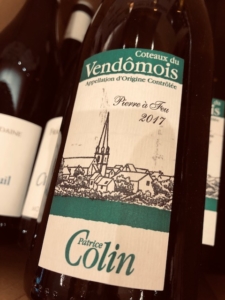
2016 Roc des Anges “Segna de Cor” Cotes Catalanes – $29
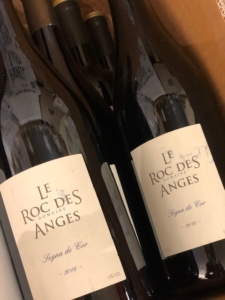
Gallet’s self-proclaimed goal is to chisel out structure and elegance from this challenging terroir, where “concentration is the enemy.” Sample some of her determination in “Segna de Cor”, a GSM blend that sings with aromas of blackcurrant, date, and fig- making it a wonderful pairing with the savory-sweet flavors of Moroccan cuisine. Alternatively, pick up a bottle to bring along with you to a plein air picnic to usher in the spring. The depth of fruit, good acid, and dry finish make it perfect with semi soft cheeses, paté and charcuterie.
à votre santé!

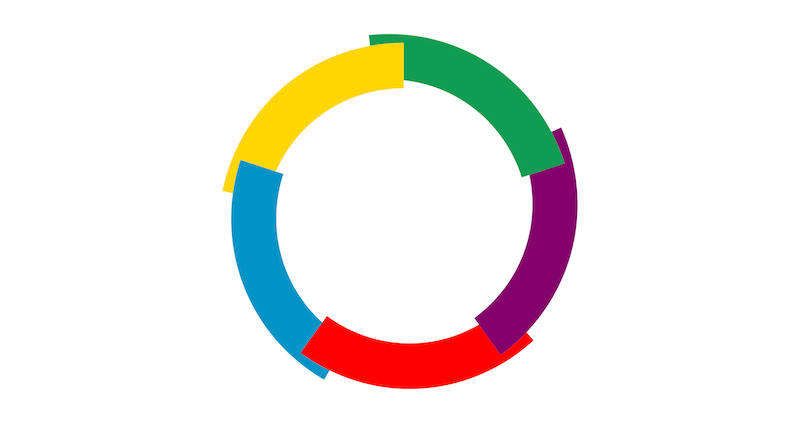
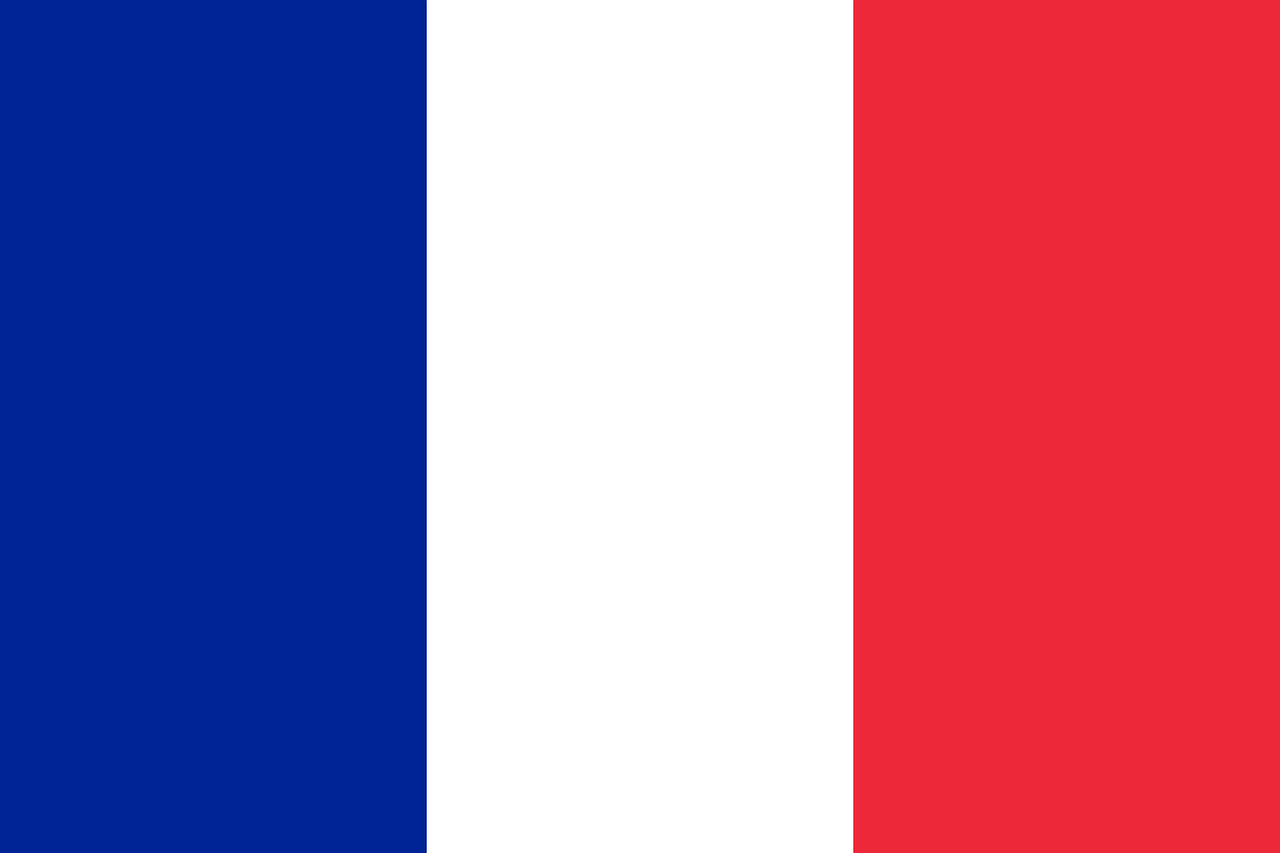
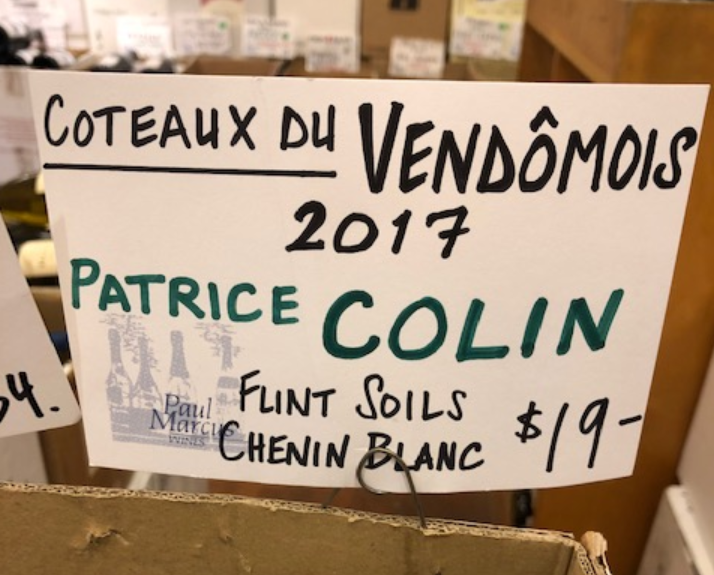
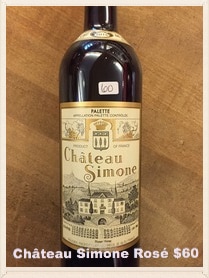 Cellaring Rose?
Cellaring Rose?